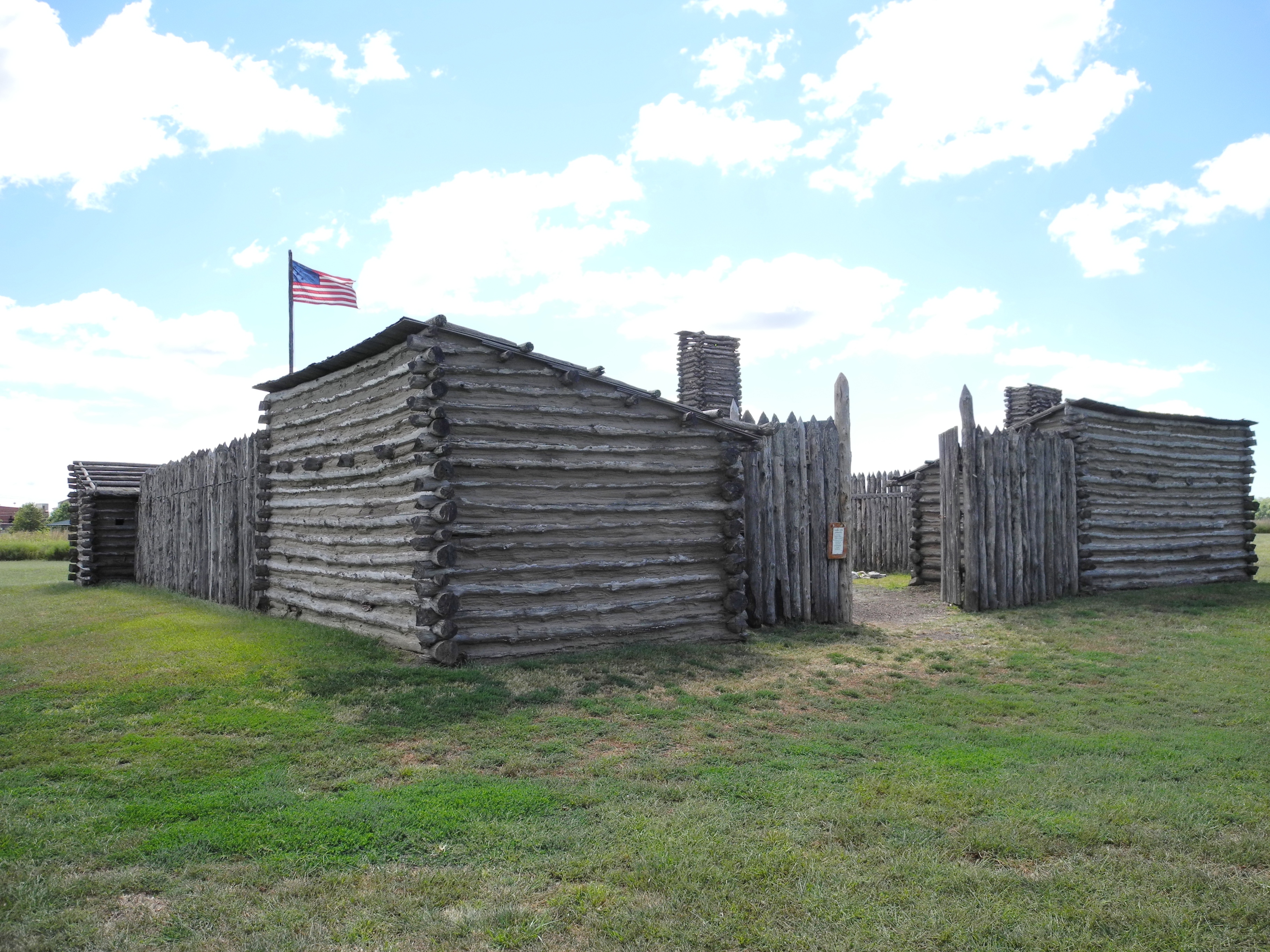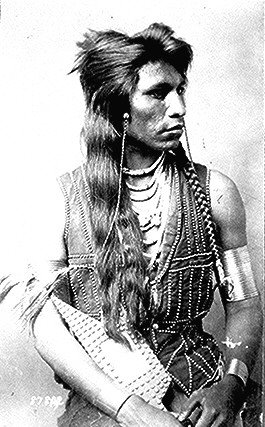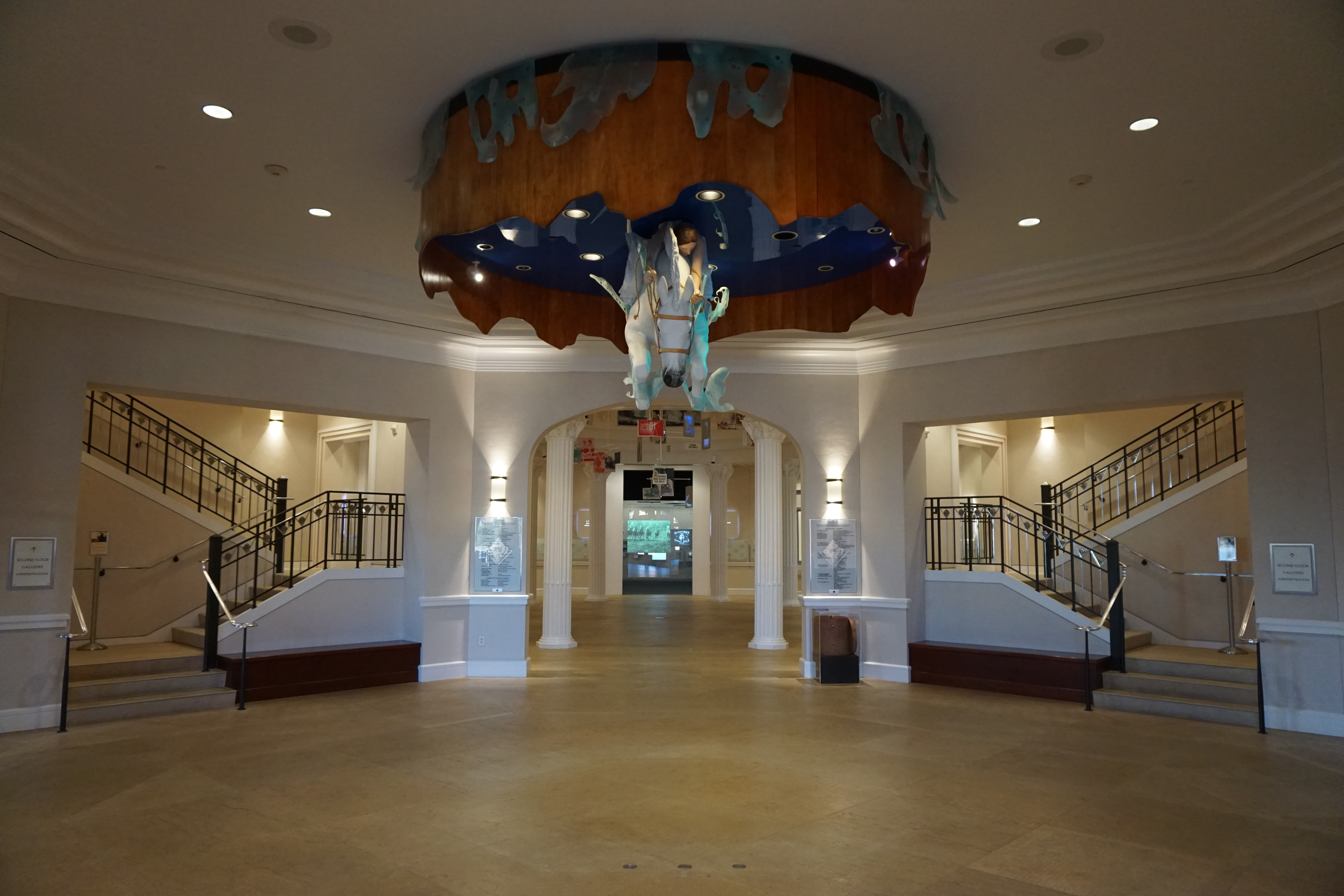|
Sacagawea
Sacagawea ( or ; also spelled Sakakawea or Sacajawea; May – December 20, 1812)Sacagawea ." ''National Cowgirl Hall of Fame''. 2017.Sacagawea / Sacajawea / Sakakawea , Women of the Hall ." '' National Women's Hall of Fame''. 2003. Seneca Falls, NY. was a Lemhi Shoshone woma ... [...More Info...] [...Related Items...] OR: [Wikipedia] [Google] [Baidu] |
Toussaint Charbonneau
Toussaint Charbonneau (; March 20, 1767 – August 12, 1843) was a French Canadian explorer, fur trapper and merchant who is best known for his role in the Lewis and Clark Expedition as the husband of Sacagawea. Early years Charbonneau was born in Boucherville, located in what is now the province of Québec (near Montréal) around 1759 or 1767.Dates and locations of Charbonneau's birth and death are taken from information at the ''Programme de recherche en démographie historique'' at the Université de Montréalbr>and are not necessarily authoritative. Other research places his date of birth in 1758 instead. Boucherville was a community with strong links to exploration and the fur trade. It has been claimed that he was of French and Iroquois ancestry, though there is no evidence to support this. His genealogy compiled by the PRDH project at the Université de Montréal shows a strictly French ancestry. His paternal great-grandmother Marguerite de Noyon was the sister of ... [...More Info...] [...Related Items...] OR: [Wikipedia] [Google] [Baidu] |
Jean Baptiste Charbonneau
Jean Baptiste Charbonneau (February 11, 1805 – May 16, 1866), sometimes known in childhood as Pompey or Little Pomp, was an American explorer, guide, Animal trapping, fur trapper, trader, military scout during the Mexican–American War, ''alcalde'' (mayor) of Mission San Luis Rey de Francia and a gold digger and hotel operator in Northern California. His mother was Sacagawea, a Lemhi Shoshone who worked as a guide and interpreter for the Lewis and Clark Expedition. Jean Baptiste's father was also a member of the Lewis and Clark expedition, a French Canadian explorer and trader named Toussaint Charbonneau. Jean Baptiste was born at Fort Mandan in North Dakota. In his early childhood, he accompanied his parents as they traveled across the country with the Lewis and Clark expedition, the first group to cross the U.S. to the Pacific coast. The expedition co-leader William Clark nicknamed the boy Pompey ("Pomp" or "Little Pomp"). After the death of his mother, he lived with Clark in ... [...More Info...] [...Related Items...] OR: [Wikipedia] [Google] [Baidu] |
Lewis And Clark Expedition
The Lewis and Clark Expedition, also known as the Corps of Discovery Expedition, was the United States expedition to cross the newly acquired western portion of the country after the Louisiana Purchase. The Corps of Discovery was a select group of U.S. Army and civilian volunteers under the command of Captain Meriwether Lewis and his close friend Second Lieutenant William Clark. Clark, along with 30 others, set out from Camp Dubois (Camp Wood), Illinois, on May 14, 1804, met Lewis and ten other members of the group in St. Charles, Missouri, then went up the Missouri River. The expedition crossed the Continental Divide of the Americas near the Lemhi Pass, eventually coming to the Columbia River, and the Pacific Ocean in 1805. The return voyage began on March 23, 1806, at Fort Clatsop, Oregon, ending six months later on September 23 of that year. President Thomas Jefferson commissioned the expedition, shortly after the Louisiana Purchase of 1803, to explore and detail as much of ... [...More Info...] [...Related Items...] OR: [Wikipedia] [Google] [Baidu] |
Otter Woman
Otter Woman (born 1786–1788, died before 1814) was a Shoshone woman who was the wife of Smoked Lodge. Otter Woman was likely kidnapped by the Hidatsa and purchased by Toussaint Charbonneau, who is best known as the husband of Sacagawea. At the time of Sacagawea's abduction and sale to Charbonneau, Otter Woman was already living with Charbonneau as his wife. Charbonneau and Sacagawea were to gain fame as part of the Lewis and Clark Expedition, supported by the Corps of Discovery. Disappearance and aftermath On November 4, 1804, Charbonneau visited the Corps of Discovery's camp on the bank of the Missouri River. Charbonneau, then an interpreter for the Hidatsa, had left a nearby hunting expedition to learn about a recent council between leaders of the Corps and local tribes. More importantly, he sought a job as the Corps' interpreter, informing the two captains that he spoke Hidatsa, and that his two wives spoke Shoshone. A diary from the Corps of Discovery refers to Otter Woman: " ... [...More Info...] [...Related Items...] OR: [Wikipedia] [Google] [Baidu] |
Corps Of Discovery
The Corps of Discovery was a specially established unit of the United States Army which formed the nucleus of the Lewis and Clark Expedition that took place between May 1804 and September 1806. The Corps was led jointly by Captain Meriwether Lewis and Second Lieutenant William Clark. Commissioned by President Thomas Jefferson, the Corps' objectives were scientific and commercial — to study the area's plants, animal life, and geography, and to learn how the Louisiana Purchase could be exploited economically. Aside from its military composition, the Corps' additional personnel included scouts, boatmen, and civilians. On its two-year expedition through the Great Plains and the Rocky Mountains, the Corps encountered more than two dozen Native American tribes. Modern research now acknowledges that without such contact or help, the Corps of Discovery would have struggled to have completed their journey. History The foundations for the Corps of Discovery were laid when Thomas Jeffe ... [...More Info...] [...Related Items...] OR: [Wikipedia] [Google] [Baidu] |
Shoshone
The Shoshone or Shoshoni ( or ), also known by the endonym Newe, are an Native Americans in the United States, Indigenous people of the United States with four large cultural/linguistic divisions: * Eastern Shoshone: Wyoming * Northern Shoshone: Southern Idaho * Western Shoshone: California, Nevada, and Northern Utah * Goshute: western Utah, eastern Nevada They traditionally speak the Shoshoni language, part of the Numic languages branch of the large Uto-Aztecan languages, Uto-Aztecan language family. The Shoshone were sometimes called the Snake Indians by neighboring tribes and early American explorers. Their peoples have become members of List of federally recognized tribes, federally recognized tribes throughout their traditional areas of settlement, often co-located with the Northern Paiute people of the Great Basin. Etymology The name "Shoshone" comes from ''Sosoni'', a Shoshoni language, Shoshone word for high-growing grasses. Some neighboring tribes call the Shoshone ... [...More Info...] [...Related Items...] OR: [Wikipedia] [Google] [Baidu] |
National Cowgirl Museum And Hall Of Fame
The National Cowgirl Museum and Hall of Fame is located in Fort Worth, Texas, US. Established in 1975, it is dedicated to honoring women of the American West who have displayed extraordinary courage and pioneering fortitude. The museum is an educational resource with exhibits, a research library, and rare photography collection. It adds Honorees to its Hall of Fame annually. Background The National Cowgirl Museum and Hall of Fame honors and documents the lives of women of the American West. The museum was started in 1975 in the basement of the Deaf Smith County Library in Hereford.Allen R. MyersonWhere Cowgirls Go to Get Their Due ''The New York Times'', June 2, 2002 It was removed to Fort Worth in 1994. The museum then moved into its permanent location in the Cultural District of Fort Worth on June 9, 2002. As of 2013, there are over 200 Cowgirl Hall of Fame honorees, with additional women being added annually. Honorees include women from a variety of fields, including pione ... [...More Info...] [...Related Items...] OR: [Wikipedia] [Google] [Baidu] |
Meriwether Lewis
Meriwether Lewis (August 18, 1774 – October 11, 1809) was an American explorer, soldier, politician, and public administrator, best known for his role as the leader of the Lewis and Clark Expedition, also known as the Corps of Discovery, with William Clark. Their mission was to explore the territory of the Louisiana Purchase, establish trade with, and sovereignty over the natives near the Missouri River, and claim the Pacific Northwest and Oregon Country for the United States before European nations. They also collected scientific data and information on indigenous nations. President Thomas Jefferson appointed him Governor of Upper Louisiana in 1806. He died in 1809 of gunshot wounds, in what was either a murder or suicide. Life and work Meriwether Lewis was born August 18, 1774, on Locust Hill Plantation in Albemarle County, Virginia, Albemarle County, Colony of Virginia, in the present-day community of Ivy, Virginia, Ivy. He was the son of William Lewis, of Welsh ancestry, ... [...More Info...] [...Related Items...] OR: [Wikipedia] [Google] [Baidu] |
Wyoming
Wyoming ( ) is a landlocked U.S. state, state in the Mountain states, Mountain West subregion of the Western United States, Western United States. It borders Montana to the north and northwest, South Dakota and Nebraska to the east, Idaho to the west, Utah to the southwest, and Colorado to the south. With an estimated population of 587,618 as of 2024, Wyoming is the List of U.S. states and territories by population, least populous state despite being the List of U.S. states and territories by area, 10th largest by area, and it has the List of U.S. states by population density, second-lowest population density after Alaska. The List of capitals in the United States, state capital and List of municipalities in Wyoming, most populous city is Cheyenne, Wyoming, Cheyenne, which had a population of 65,132 in 2020. Wyoming's western half consists mostly of the ranges and rangelands of the Rocky Mountains; its eastern half consists of high-elevation prairie, and is referred to as th ... [...More Info...] [...Related Items...] OR: [Wikipedia] [Google] [Baidu] |
Salmon, Idaho
Salmon is a city in Lemhi County, Idaho. The population was 3,119 at the 2020 census. The city is the county seat of Lemhi County. History The Lewis and Clark Expedition crossed the Continental Divide at Lemhi Pass, to the southeast of Salmon. They followed the Salmon River through the present site of the city, then ascended the north fork of the river, at the present-day town named after the confluence, to cross into present-day Montana near Lost Trail Pass. The sole female in the party, Sacagawea, was born in the Lemhi Valley near Salmon. The Sacajawea Interpretive, Cultural and Educational Center was opened in Salmon in August 2003. From 1910 to 1939, Salmon was the western terminus of the now-defunct Gilmore and Pittsburgh Railroad. File:Salmon idaho owl club.jpg, The Owl Club in downtown Salmon, Idaho. File:Salmon, ID Intersection.jpeg, Intersection. Salmon, Idaho. Demographics 2020 census At the 2020 census there were 3,119 people living in 1,263 household ... [...More Info...] [...Related Items...] OR: [Wikipedia] [Google] [Baidu] |
Lemhi Shoshone
The Lemhi Shoshone are a tribe of Northern Shoshone, also called the Akaitikka, Agaidika, or "Eaters of Salmon".Murphy and Murphy, 306 The name "Lemhi" comes from Fort Lemhi, a Mormon mission to this group. They traditionally lived in the Lemhi River Valley and along the upper Salmon River in Idaho. Bands were very fluid and nomadic, and they often interacted with and intermarried other bands of Shoshone and other tribes, such as the Bannock.Murphy and Murphy, 288 Today most of them are enrolled in the Shoshone-Bannock Tribes of the Fort Hall Reservation of Idaho. Traditional culture The Akaitikka are Numic speakers, speaking the Shoshone language.Murphy and Murphy, 287 Fishing is an important source of food, and salmon, and trout were staples. Gooseberries and camas root, '' Camassia quamash'' are traditional vegetable foods for the Lemhi Shoshone. In the 19th century, buffalo hunting provided meat, furs, hides, and other materials.Murphy and Murphy, 286 History Duri ... [...More Info...] [...Related Items...] OR: [Wikipedia] [Google] [Baidu] |
Hidatsa
The Hidatsa ( ) are a Siouan people. They are enrolled in the federally recognized Three Affiliated Tribes of the Fort Berthold Reservation in North Dakota. Their language is related to that of the Crow, and they are sometimes considered a parent tribe to the modern Crow in Montana. Name The Hidatsa's autonym is Hiraacá. The word itself is a corruption of the term meaning 'house or lodge made with willows'. The present name ''Hidatsa'' was formerly borne by one of the three tribal villages. When the villages consolidated, the name was adopted for the tribe as a whole. They are called the ('to cross the water') by their allies, the Mandan; in Assiniboine, the Assiniboine (called by the Hidatsa) know them as: Occasionally they have also been confused with the Gros Ventres in present-day Montana and Prairie Provinces of Canada, which were part of the Arapahoan languages speaking peoples. The nomadic Gros Ventre were called ''Minnetarees of Fort de Prairie, Minnetarees o ... [...More Info...] [...Related Items...] OR: [Wikipedia] [Google] [Baidu] |






